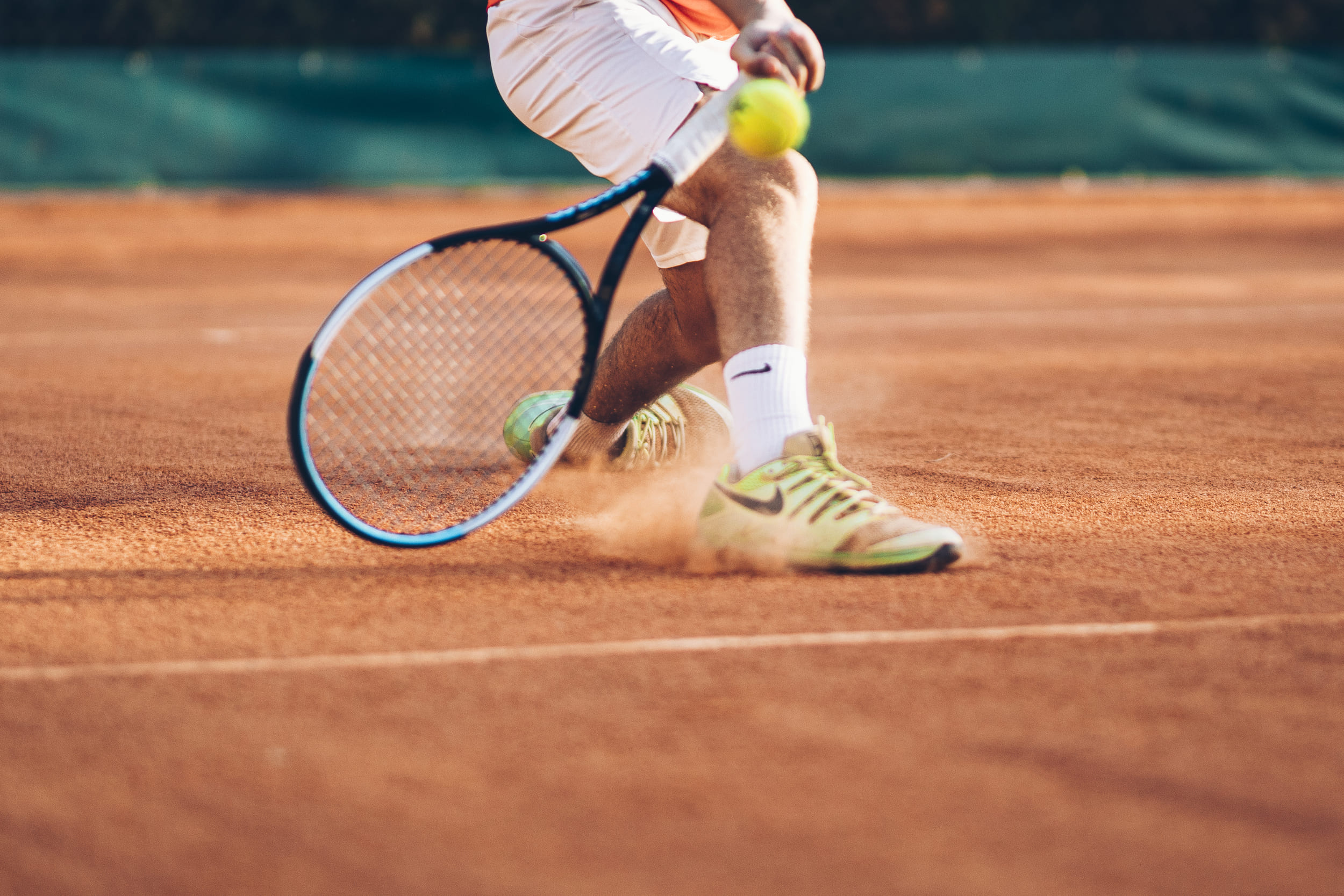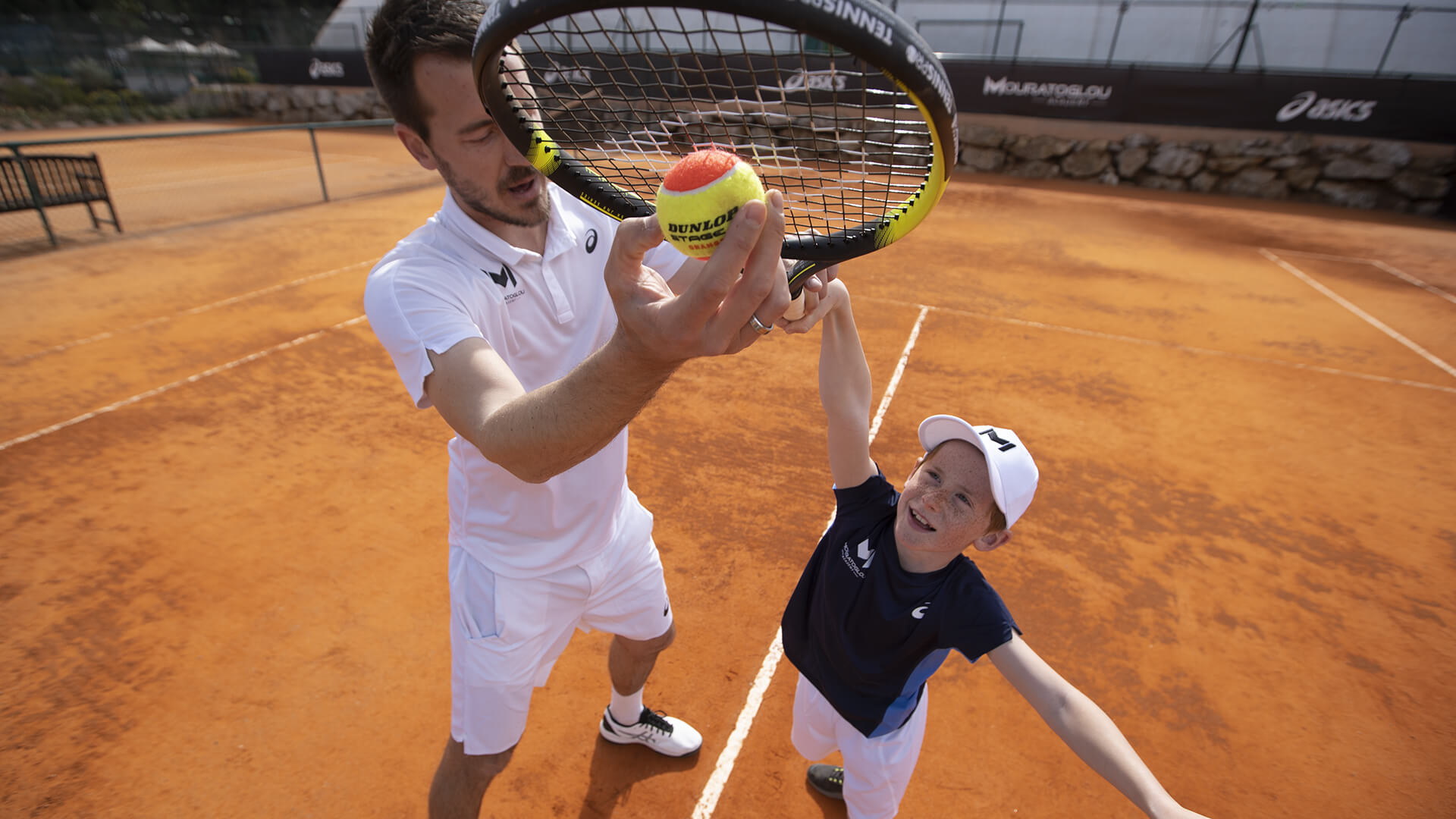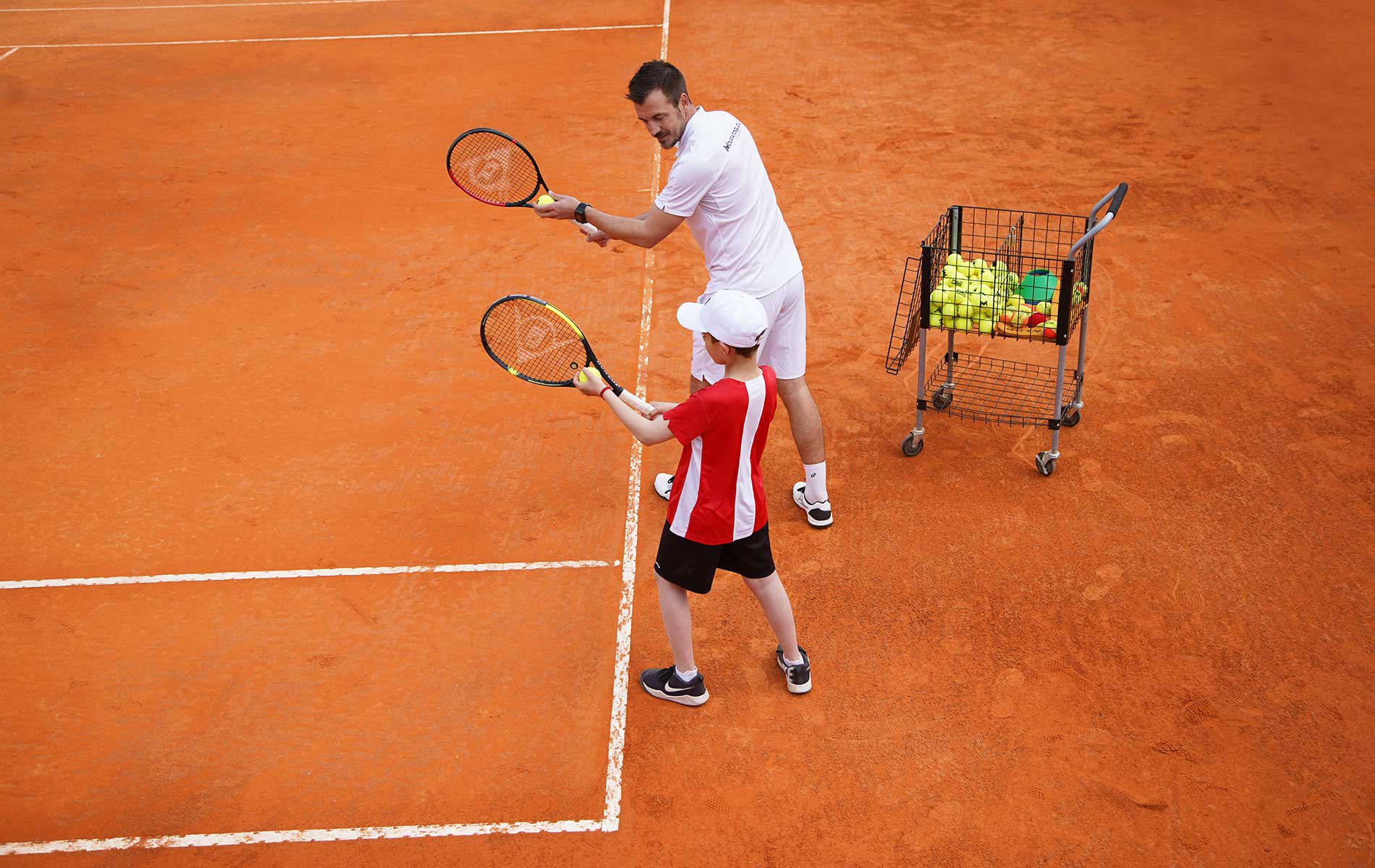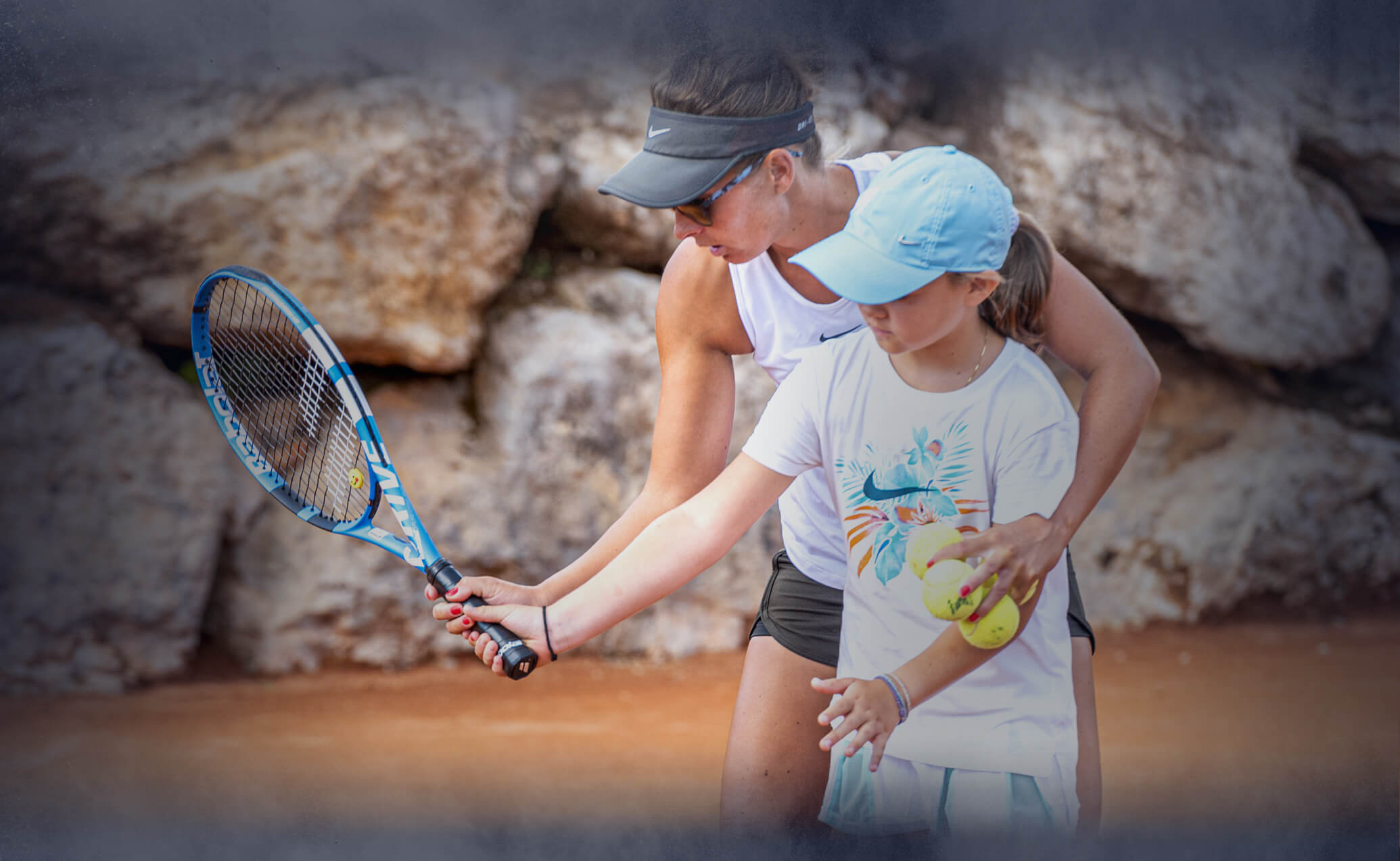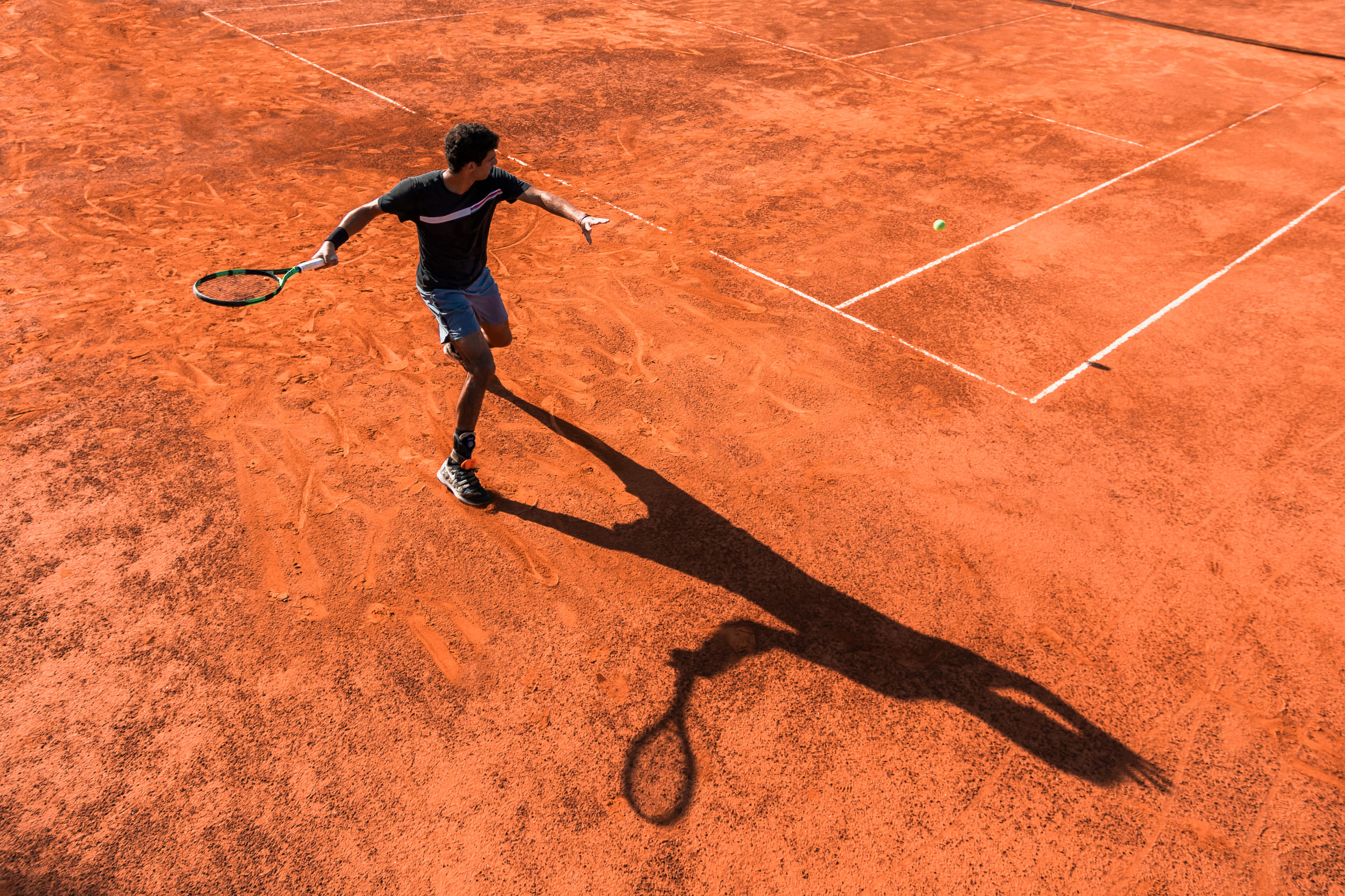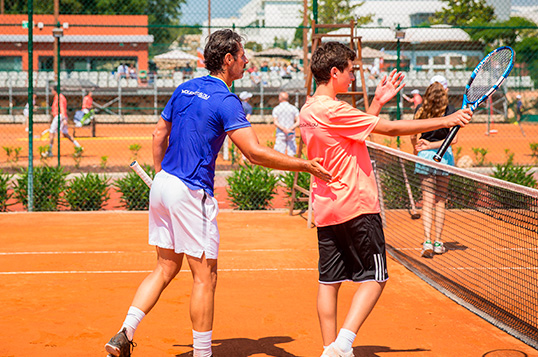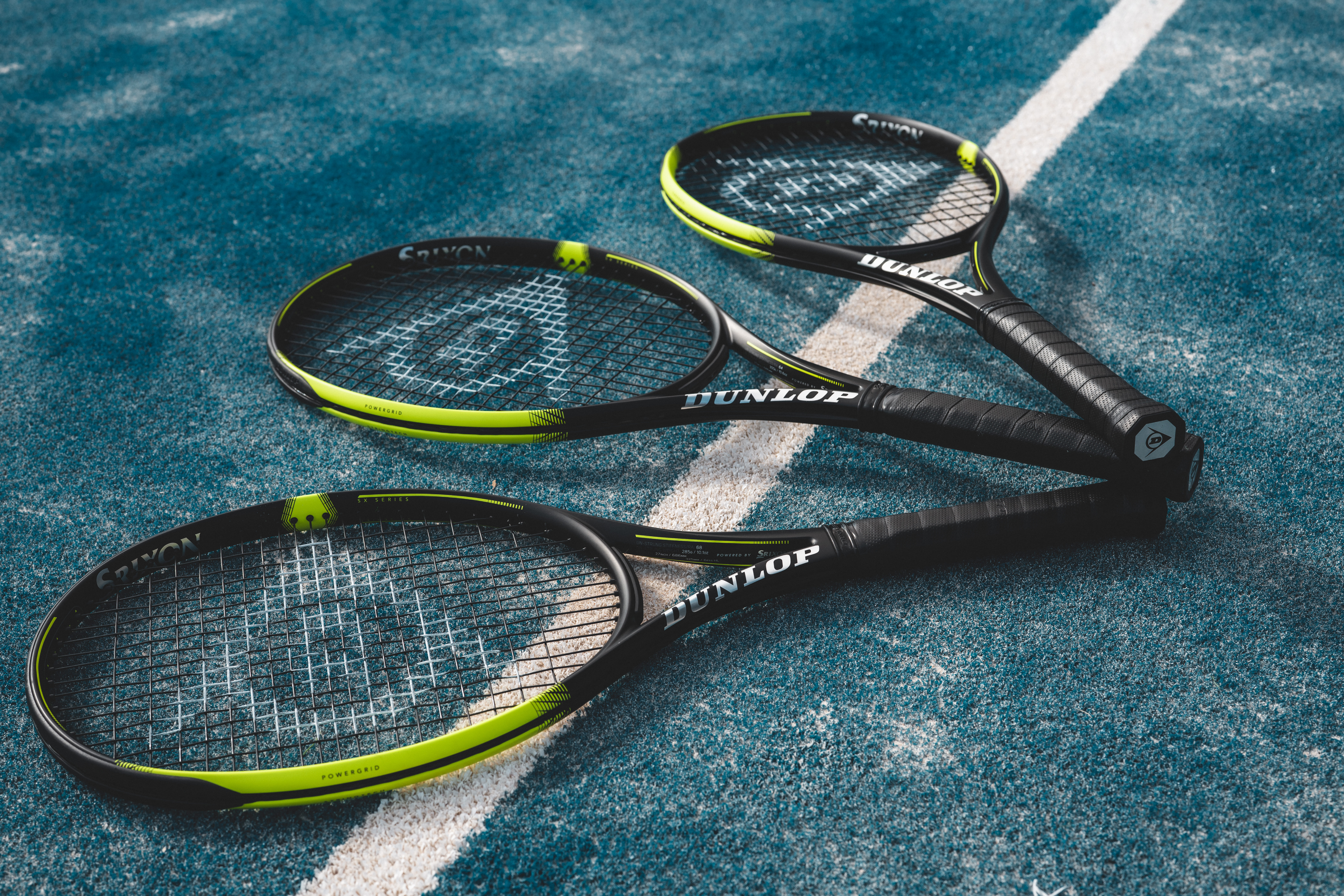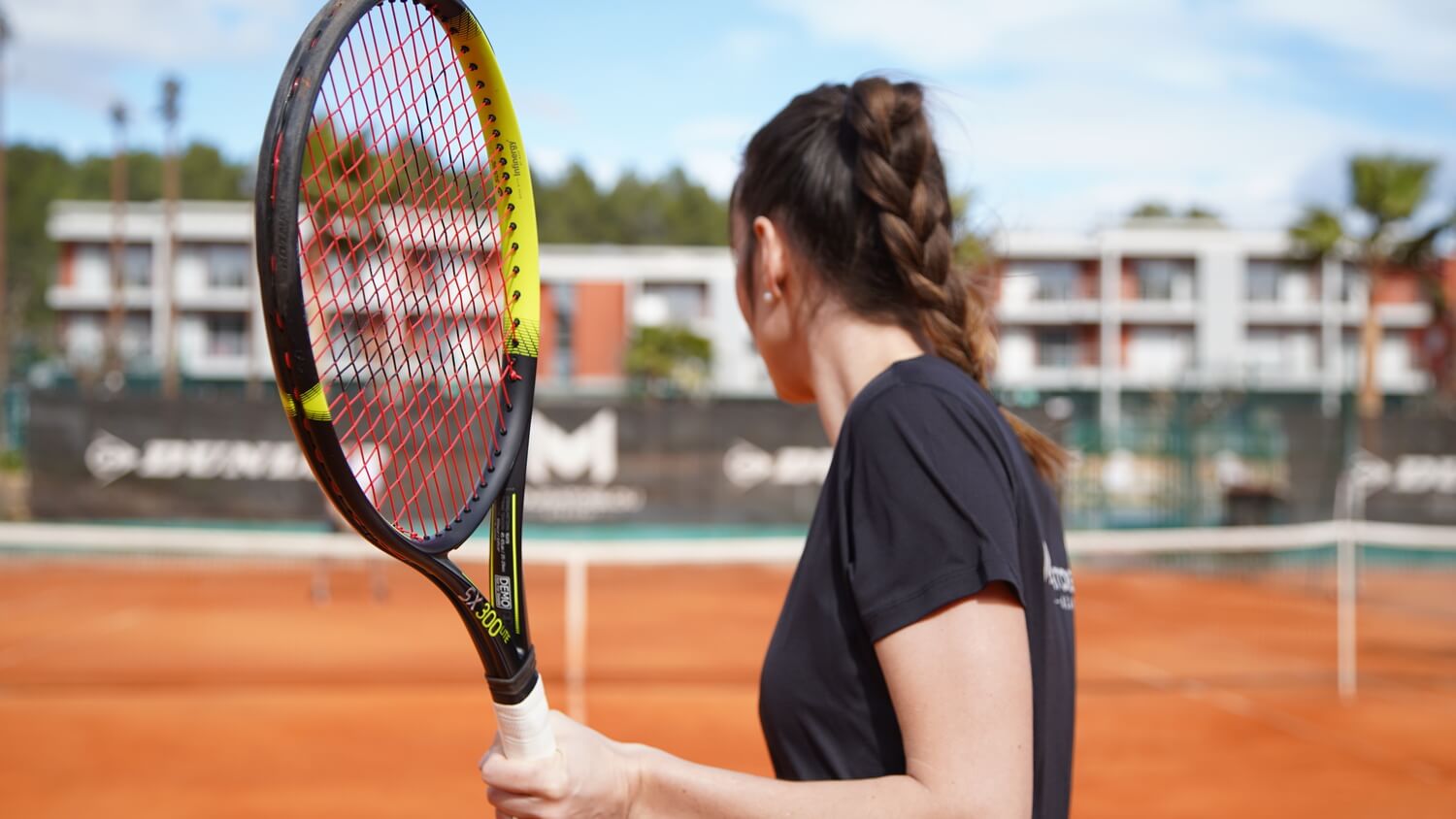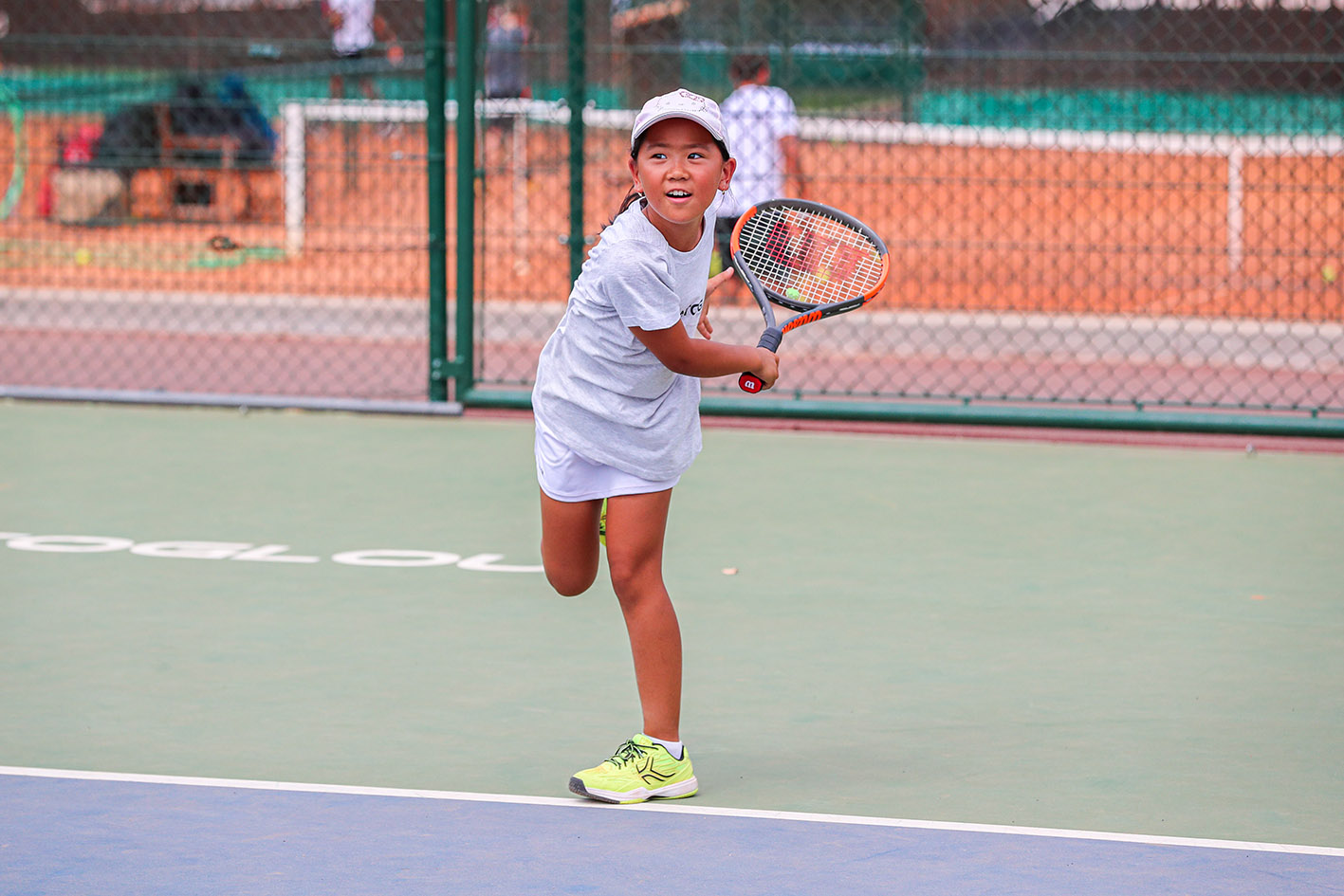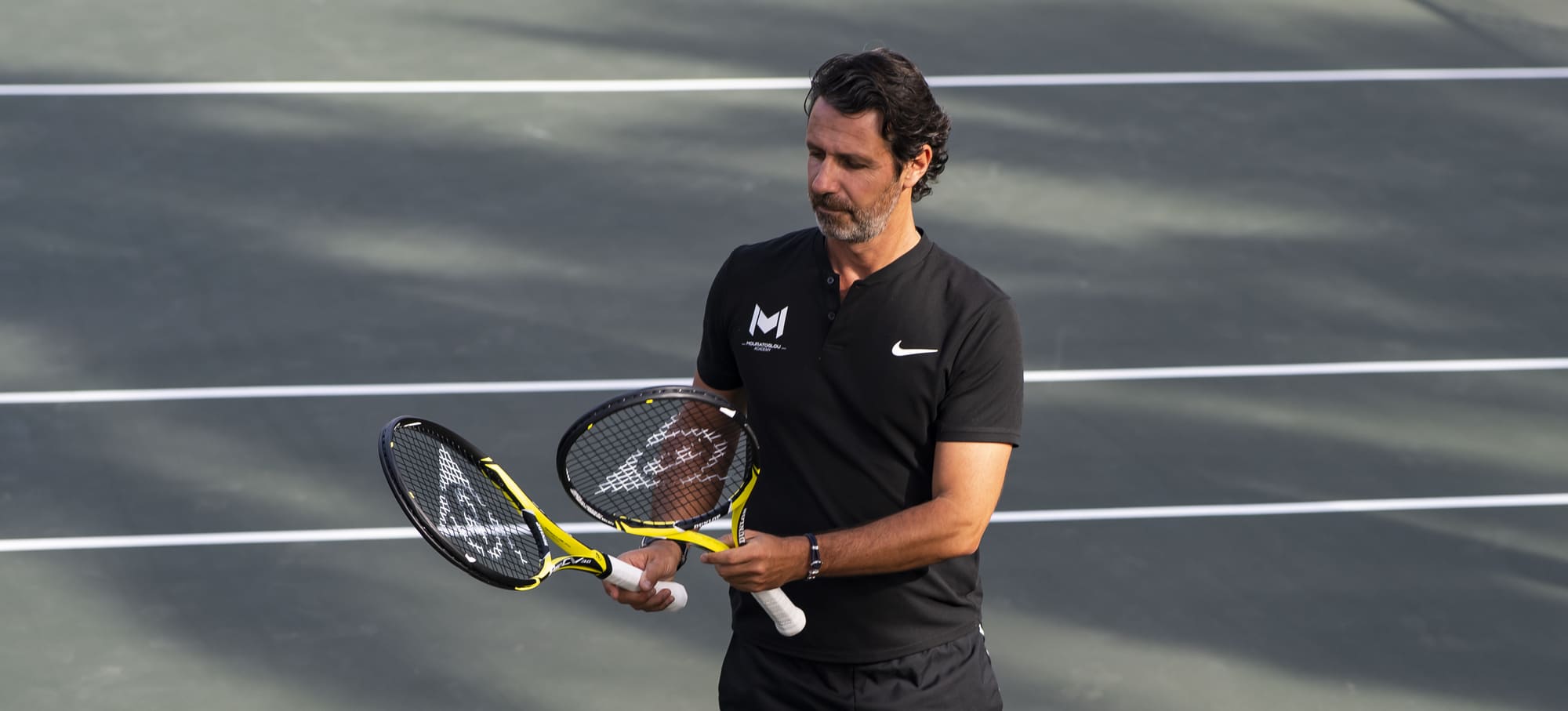How do you choose the right tennis shoes?
Tennis is an active, physical game, and your feet bear the brunt of the abuse. Whether you’re a seasoned pro or you’re just stepping on to the court for the first time, choosing a tennis shoe is an essential part of the game. There’s no shortage of playing styles and court surfaces in tennis, and there’s a wide variety of tennis shoes. From popular Nike tennis shoes and Adidas tennis shoes to reliable, high-performance Asics tennis shoes. The biggest factor when deciding which tennis shoe to go for is its outsole. Tennis footwear can be categorised by the type of sur-face the shoe is designed to perform on. Another important consideration is the trade-off between comfort, durability, weight and stability. Shoes which offer ex-ceptional stability and durability are often heavier. However, shoes which are lightweight have the advantage of speed, allowing players to reach the ball quick-er.
Tennis is a game of quick stops and starts, short sprints and frequent lateral movement—this is why you need footwear that can stand up to your game.
Think about your playing style, court surface and personal preferences when se-lecting your new pair of tennis shoes.
Tennis shoes style
It’s important to distinguish the differences between tennis shoes and other types of footwear before making your purchase. Frequent stops and starts while moving around the court influence the way tennis shoes are designed. Tennis shoes are typ-ically more flat with specifically designed patterns on the sole, all depending on which type of court surface you generally play on. Other types of shoes have thicker, softer heels that decrease weight and cushioning to lessen impact—tennis shoes are built to be sturdier. Running shoes or other athletic shoes, however, are designed for the repetitive forward motion of running or walking.
Finding the Perfect Fit
Hands down, the most important thing to get right when purchasing a new pair of tennis shoes is the fit. Let me walk you through a few different topics you should keep in mind when evaluating shoes.
Size
The size of your shoe is perhaps the most obvious when it comes to achieving the right fit. But how sure are you of your sizing?
Ideally, you’ll have roughly a half-inch or 13 millimetres between the tip of your big toe and the front of your shoe. A quick test that works reasonably well is to use the width of your thumb to check this space. Adequate room at the front of your shoe helps to avoid jamming your toes together and pre-vents blisters, while also allowing them to breathe and stay cool. Tennis shoes that are too large, on the other hand, can also lead to excessive move-ment of your foot, which can also lead to blisters and issues with your calf muscles and Achilles heel.
Width
For a large portion of the world’s population, standard or regular width shoes do the trick, but if you fall outside of this range, then it’s crucial to find the correct width for the health of your feet.
Toe Box
The available space for your toes in a shoe will correlate with the width of a shoe. However, since most shoes are standard size, you’ll find that some have tighter or more roomy toe boxes.
Ankles
Although this isn’t typically a problem for most, some may find that the bones at the outer edge of their ankles (fibula and tibia) come into con-tact with the upper edge of their shoe and cause discomfort. When you first try on a shoe, it’s worth watching out for any rubbing around your ankles. This can be amplified when playing tennis and can lead to discomfort.
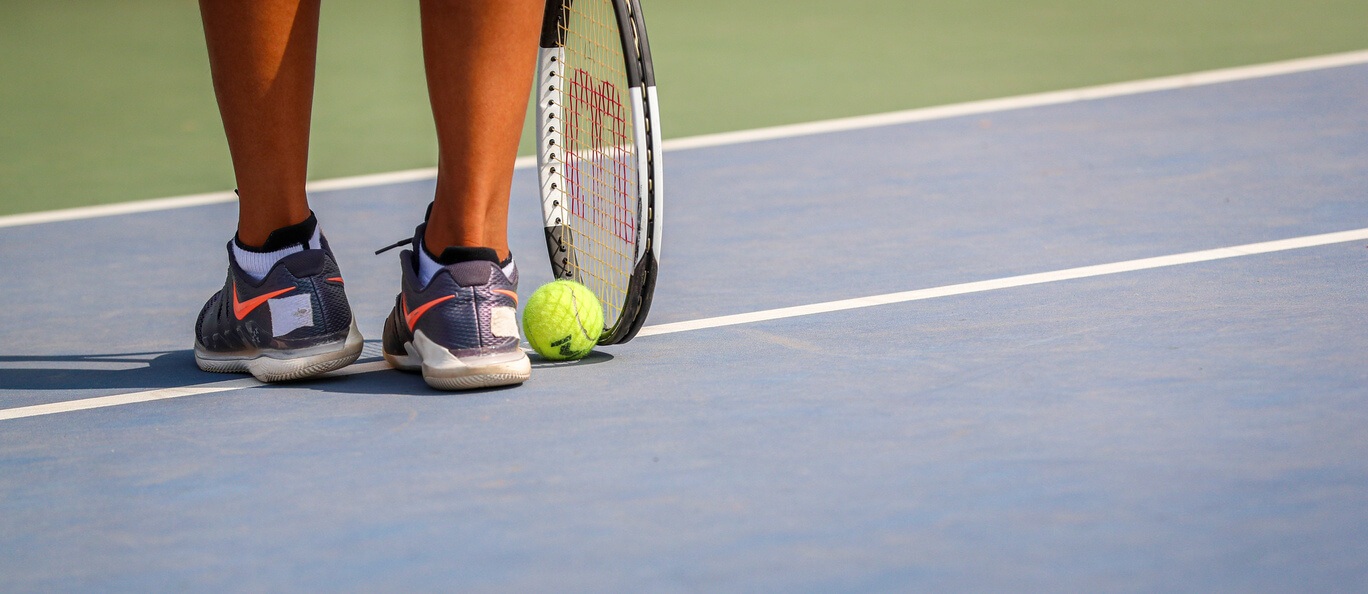
Shoe Buying Considerations
If you’ve ever found yourself stuck with a new pair of shoes that felt good out of the box, but didn’t meet your expectations after hitting the court, then you know just how frustrating it can be.
Unfortunately, it’s not always easy to track down the perfect set of shoes, and more often than not, we end up having to compromise.
I’m going to run you through some key attributes that you can use to help evaluate your next set of shoes.
Comfort
By nature, tennis shoes tend to be stiffer than many other types of shoes because they need to support a wide range of motion, including lateral movements which are essential when hitting the court. That said, some ten-nis shoes place a greater emphasis on comfort than others. Typically, you’ll want to look for shoes that offer a generous midsole. The insole can also provide added support, which you may consider replacing if it’s removable for some extra comfort.
Stability
When playing tennis, sharp or abrupt movements are common. Whether you’re moving side to side hitting groundstrokes, coming forward and approaching the net to volley, or moving back to track down a lob, your shoes must provide adequate stability. The stability of a shoe can come from a few different places. At the sole of a tennis shoe, the width of the shoe at the front can help provide a platform for balance, which helps the shoe feel stable. Furthermore, the sole of a shoe needs to have enough rigidity to handle the quick start and stop movements around the court. Many shoes will use a rigid plastic insert called a shank toward the middle of a shoe’s sole to help increase stability and prevent the shoe from twisting. Last but not least, a shoe’s upper is often associated with stability, particularly at the ankle, but also with how secure your foot feels when it’s wrapped inside the shoe. Ideally, you want your foot to feel locked in place so that it’s not slid-ing forward as you start and stop.
Durability
The vast majority of tennis players participate play on hard courts, so shoes must be durable enough. One of the most critical compo-nents of a shoe’s durability comes from the outsole at the bottom of the shoe, which is in constant contact with the court. However, it’s not the only part of the shoe that must be durable. The toe of a tennis shoe also fre-quently comes into contact with the court, and the forward upper section of the shoe can scrape the court periodically during a slide or lunge. Different styles of play can lead to wear in unique areas of a shoe, and every player has distinct movements that can also lead to unexpected wear. For example, some players tend to drag their foot when serving and, therefore, may re-quire a more durable toe cap in order for their shoes to last.
Weight
The weight of a tennis shoe is a feature that many players associ-ate with speed. A lightweight shoe feels fast, while a heavier shoe may tend to feel somewhat sluggish. Shoe manufacturers are often making a tradeoff between weight, stability, and durability to strike an appealing balance. If you remove material from a shoe, it will become lighter, but there is usually a sacrifice made in the stability or durability of the shoe.
The different tennis shoe outsoles
When choosing the best tennis shoe, your local tennis court plays a big factor. Just like tennis balls, there are shoes that are designed specifically for each court surface: hard, clay or grass.
Let’s take a look at the differences:
Hard-Courts:
Hard-courts can be punishing on your shoes, and your shoes can be punishing on the court as well! Hard-court tennis shoes are typically non-marking to avoid scuffing the surface. Their construction prioritises shock ab-sorption and cushioning in order to provide you with comfort and support on the harder surface. Many tennis shoes offer six month durability wear guar-antees on the outsole.
Clay-Courts:
Clay-courts are much softer than hard-courts which means a dif-ferent type of shoe. Clay-court tennis shoes are typically composed of syn-thetic uppers, a herringbone tread pattern that won’t clog with clay and of-fers grip that still allows for sliding, as well as a lighter weight that allows for speed and improved maneuverability.
Grass-Courts:
Like clay-court shoes, grass-court tennis shoes are designed to prevent damage to the court and have a nub-patterned sole to give you im-proved traction on potentially slippery grass. Uppers are typically made from synthetic and mesh combinations.
All-Courts:
Today, most brands like Nike, Adidas, Asics and Babolat offer all-court tennis shoes that are designed to handle the subtleties of all three court types. If you aren’t going to be playing on one specific surface type, these multi-purpose shoes may be your best bet.
Playing style
Choose a tennis shoe based on your playing style:
Baseline Player
A baseline player mainly plays along the back-line of the court. The type of shoes needed for a baseline player require lateral support. A highly durable sole is also necessary due to constant lateral motion.
Serve-and-Volley Player
A serve-and-volley player frequently charges the net. This type of player often slides their back foot along the court during the serve, so a shoe with a durable toecap (also referred to as a reinforced toe) and medial inside the arch is essential.





